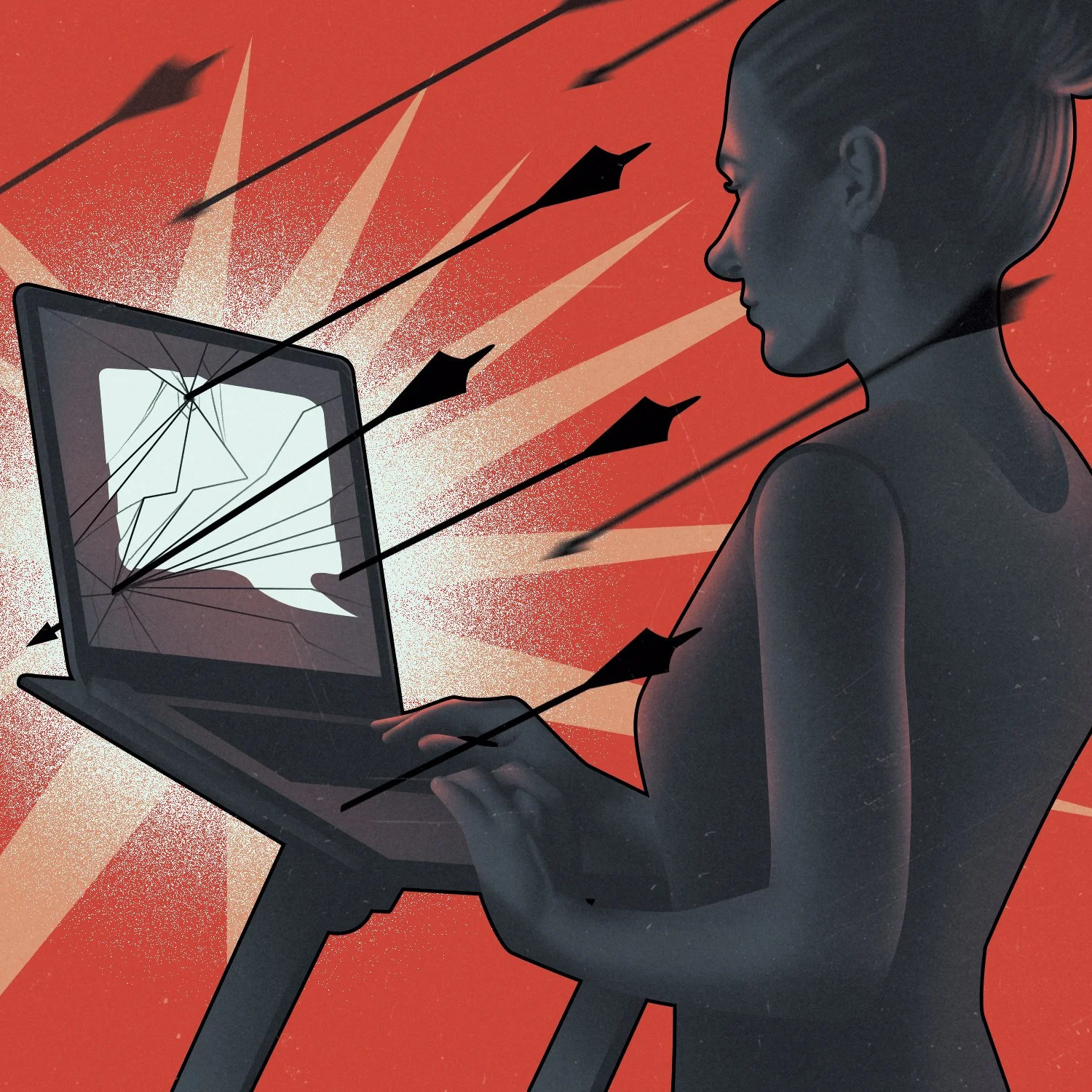How do we talk about…
Microaggressions
This month our Inclusion Edit journalist Gabby Jahanshahi-Edlin interviews Mandu Reid, Leader of the UK’s Women's Equality Party, about microaggressions in the workplace
How do we talk about microaggressions?
“Pause, take a breath, open your heart and your mind. Engage in good faith. It takes a lot for people on the receiving end of microaggressions to speak out, so don’t assume that they have done so frivolously.”
In 1969, Harvard University Professor and psychiatrist, Chester M. Pierce coined the term "microaggression" to describe the insults and dismissive language he witnessed non-Black people use against Black people in America. Fifty years on, microaggressions are still very much with us today. While the use of the prefix "micro" might imply that these are just minor slights, research (and lived experience) has shown that they are anything but. Microaggressions result “in increased rates of depression, prolonged stress and trauma, anxiety, even heart disease and type 2 diabetes."
In fact, the term micro applies not to the size or scale of the hurt but to the fact that it is an aggression between people. So how do you know if you’ve committed a microaggression? And what should you do if a colleague informs you that you have?
The Inclusion Edit spoke to Mandu Reid, Leader of the UK’s Women's Equality Party (WEP). Mandu was a witness at Buckingham Palace when Ngozi Fulani, CEO of Sistah Space was subject to problematic behaviour from Lady Hussey, and has spoken out about its effects:
At work, what is the difference between a micro-aggression and a generalised insult?
Microaggressions are a type of subtle prejudice or discrimination. They can be hidden in a backhanded compliment such as: "You're a lot less angry than the Black girls I met at university...” or, "You're so well-spoken for an immigrant...” or a seemingly innocuous statement, like: “Calm down dear...". Or “Where are you really from?” Microaggressions can also be enacted physically, for example touching someone's hair without their permission. I have been on the receiving end of each of the above examples—in every case the effect was to make me feel alienated and othered, as if I was a specimen.
A distinguishing feature of microaggressions is that they tend to be tied to identity. They often relate to an individual's race, gender, age, ability, sexual orientation or nationality but they can be hard to pinpoint due to the subtle, seemingly innocent nature of how they are often expressed. The now infamous incident I witnessed at Buckingham Palace had all the hallmarks of the kind of microaggressions that I’ve spent my whole life navigating.
Unlike a generalised insult which is self-evident and often characterised by overt malice, recognising microaggressions often requires an additional level of awareness of power dynamics and inequalities, which can make it hard for the recipient to get recognition or support from their peers.
In your opinion what's the best thing for someone to do if they are told they've used a microaggression?
Check yourself if your first reaction is defensiveness. Pause, take a breath, open your heart and your mind. Engage in good faith. It takes a lot for people on the receiving end of microaggressions to speak out, so don’t assume that they have done so frivolously.
Listen to the person explaining why your actions constituted a microaggression, and if you don't understand, express your desire to learn and ask questions—without implying you disagree. Acknowledge your mistake and take accountability for it.
Don't overreact and make your guilt or your reaction the centre of the conversation. Apologising and expressing guilt is an appropriate response, but centring your feelings can place the recipient of the microaggression in an unfair position where they may feel pressured to comfort you or absolve you from your actions.
Take the opportunity to educate yourself on the topic, and be conscious of how you act around others. Don't fall into the trap of avoiding or tiptoeing around the person in question afterwards. This may be your instinctive reaction to avoid awkwardness for example, but that in itself can constitute a microaggression.
What can team members and managers do to move away from a culture of microaggressions, to one of safety and equality for the whole company?
Addressing and changing a culture in which microaggressions are normalised is a journey, not an event. One-off actions have limited utility—real change takes commitment, consistency, and leadership at all levels. It's also about recognising that although individuals are the perpetrators of microaggressions, institutions and working cultures enable them.
Steps you can take include:
Invest in training delivered by independent experts. This training should be mandatory and should include teaching people to recognise and call out microaggressions calmly, even when doing so disrupts workflow. This normalises a zero-tolerance approach and over time will make it reputationally expensive for individuals to act and speak in ways that dehumanise and diminish others.
Reflect on the diversity within your team, department, or organisation. Question if and how your policies, workplace culture, hiring practices, or governance structures contribute to power imbalances and inequality. Speak with your co-workers about all these issues from a position of vulnerability and transparency, and be prepared to acknowledge, apologise for, and learn from your mistakes quickly and with sincerity.
Be conspicuous in your support for and encouragement of whistleblowers, but don't put the burden of responsibility on co-workers with marginalised identities to educate their colleagues or expect them to lead all conversations on equality and inclusivity.

